How to Make and Sell NFT Art – A Complete Beginners’ Guide
This article is a complete beginner's guide to making and selling NFT art. It covers the basics of NFTs, including what they are and how they work, as well as the steps involved in creating and selling NFTs.

NFTs, or non-fungible tokens, have become a popular way for artists to sell their digital creations as unique and authenticated assets. If you're new to the world of NFTs and are interested in creating and selling your own digital art, this guide will walk you through the process.
First, let's start with the basics. NFTs are digital assets that are stored on a blockchain, which is a decentralized and secure digital ledger. Because they are stored on a blockchain, NFTs are unique and cannot be replicated or replaced. This makes them valuable as one-of-a-kind assets, such as digital art.
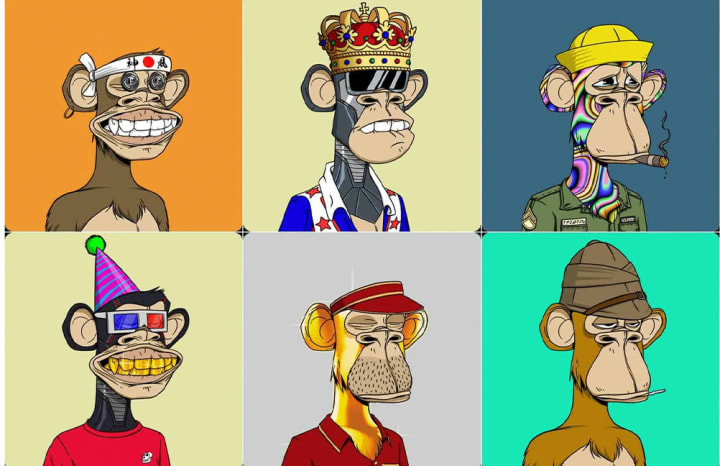
To create your own NFT art, you'll first need to decide on a platform to use. Some popular platforms for creating and selling NFTs include OpenSea, Rarible, and SuperRare. Each platform has its own set of rules and fees, so it's important to do your research before choosing one.
Once you've chosen a platform, you'll need to create your digital art. This can be done using a variety of software and tools, such as Photoshop, Illustrator, or Procreate. When creating your art, it's important to keep in mind that it will be a unique and authenticated digital asset, so you'll want to put in extra effort to make sure it's high-quality.
When your art is complete, you'll need to upload it to your chosen platform and create your NFT. This will typically involve setting a price for your NFT, as well as providing a brief description and any other relevant information.
Once your NFT is created, it's time to start promoting it. This can be done through social media, email marketing, and other online channels. You'll also want to reach out to art collectors, galleries, and other potential buyers to let them know about your NFT.
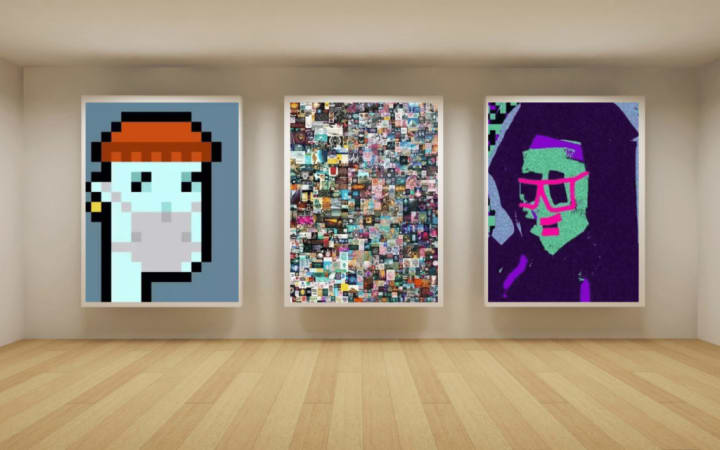
Selling your NFT can be a challenging and competitive process, but with the right strategies and approach, it's possible to be successful. One important aspect of selling NFTs is to establish yourself as a reputable artist and to create a strong online presence. Building a following on social media, having a website or online portfolio, and networking with other artists and collectors can all help to increase visibility and interest in your NFTs.
Another key aspect to selling NFTs is to understand the market and the trends. Keep an eye on current events, popular genres, and what kinds of NFTs are selling well. This will help you to create NFTs that are more likely to appeal to potential buyers.
Finally, it's important to have a clear pricing strategy for your NFTs. This may involve researching the prices of similar NFTs, considering the level of interest in your work, and taking into account any other factors that may influence the price.
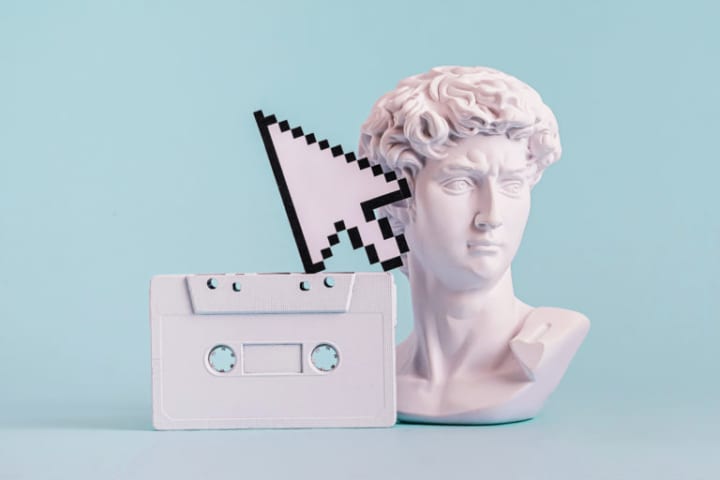
Overall, creating and selling NFT art can be a challenging but rewarding process. By following these tips and strategies, you can increase your chances of success and turn your digital art into a valuable and unique asset.
It's worth noting that the NFT market is a very dynamic, and new trends and platforms are emerging all the time. It's important to keep yourself informed and be aware of new opportunities and developments. With the right approach and mindset, you can create and sell your own NFT art and potentially earn a good income from it.
It's also important to be aware of the legal and ethical considerations surrounding NFTs. Because NFTs are stored on a blockchain, they are public and can be viewed by anyone. This means that you'll need to be careful when creating and selling NFTs to avoid any potential copyright or trademark infringement issues. Additionally, as you will be selling digital art as an asset, you will be also responsible to pay taxes on your sales.
Another important thing to keep in mind is the environmental impact of NFTs. The process of creating, buying and selling NFTs consumes a lot of energy, and there have been concerns about the carbon footprint of the NFT market. As an artist, you can take steps to minimize the environmental impact of your NFTs, such as using renewable energy to create your art and promoting sustainable practices in the NFT market.
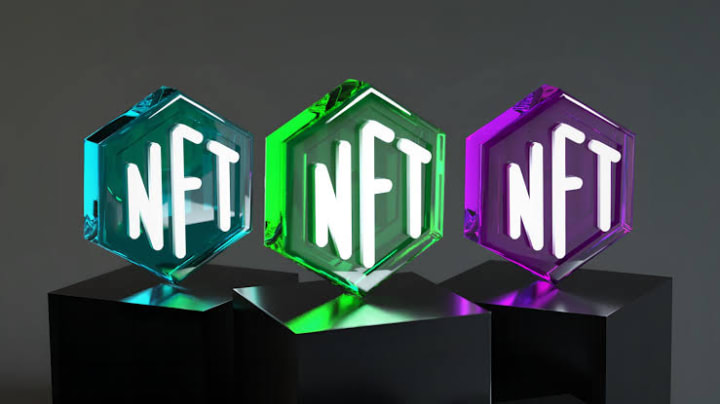
In conclusion, NFTs can be a powerful tool for artists to sell their digital creations as unique and authenticated assets. By understanding the basics of NFTs, choosing the right platform, creating high-quality art, promoting your work, and being aware of legal and ethical considerations, you can turn your passion for art into a profitable venture. Keep yourself updated with the latest developments in the NFT market, network with other artists and collectors, and be open to new opportunities. Remember to always consider the impact on the environment and contribute to creating a sustainable market.
"The world of NFTs is like the Wild West of digital art. It's exciting and unpredictable, but with the right approach, it can be very profitable."
- Trevor Jones

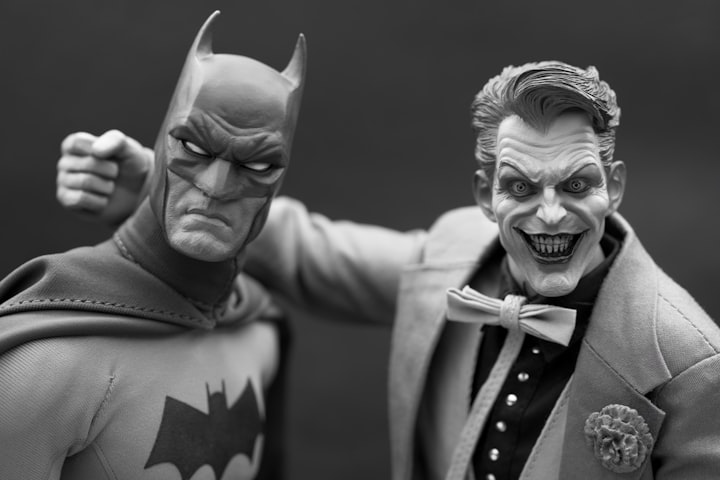

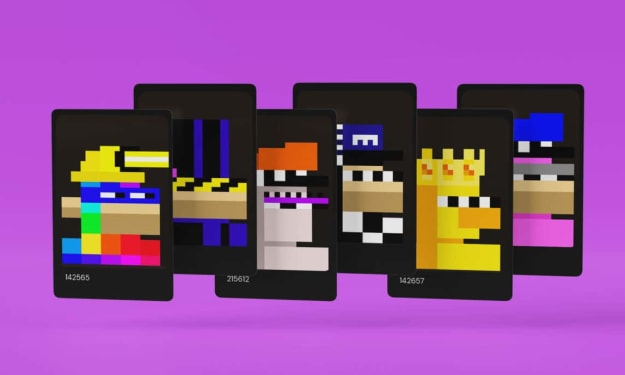

Comments
There are no comments for this story
Be the first to respond and start the conversation.